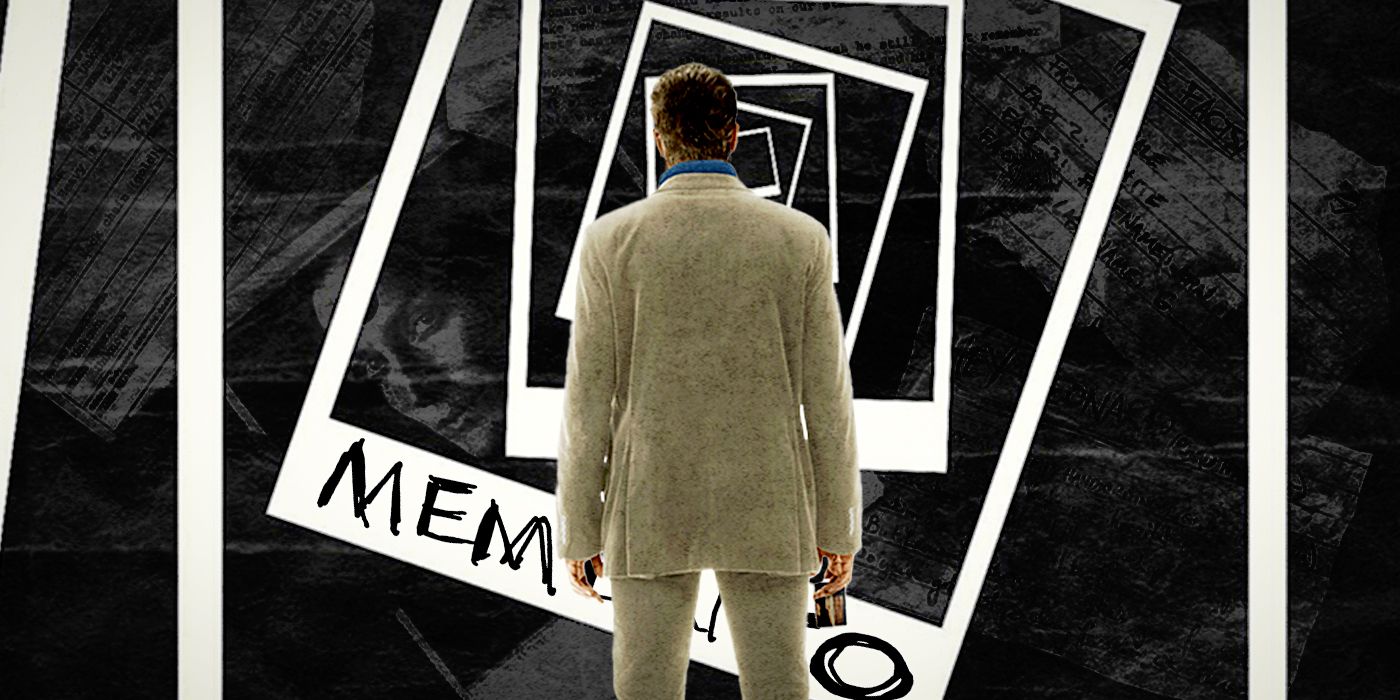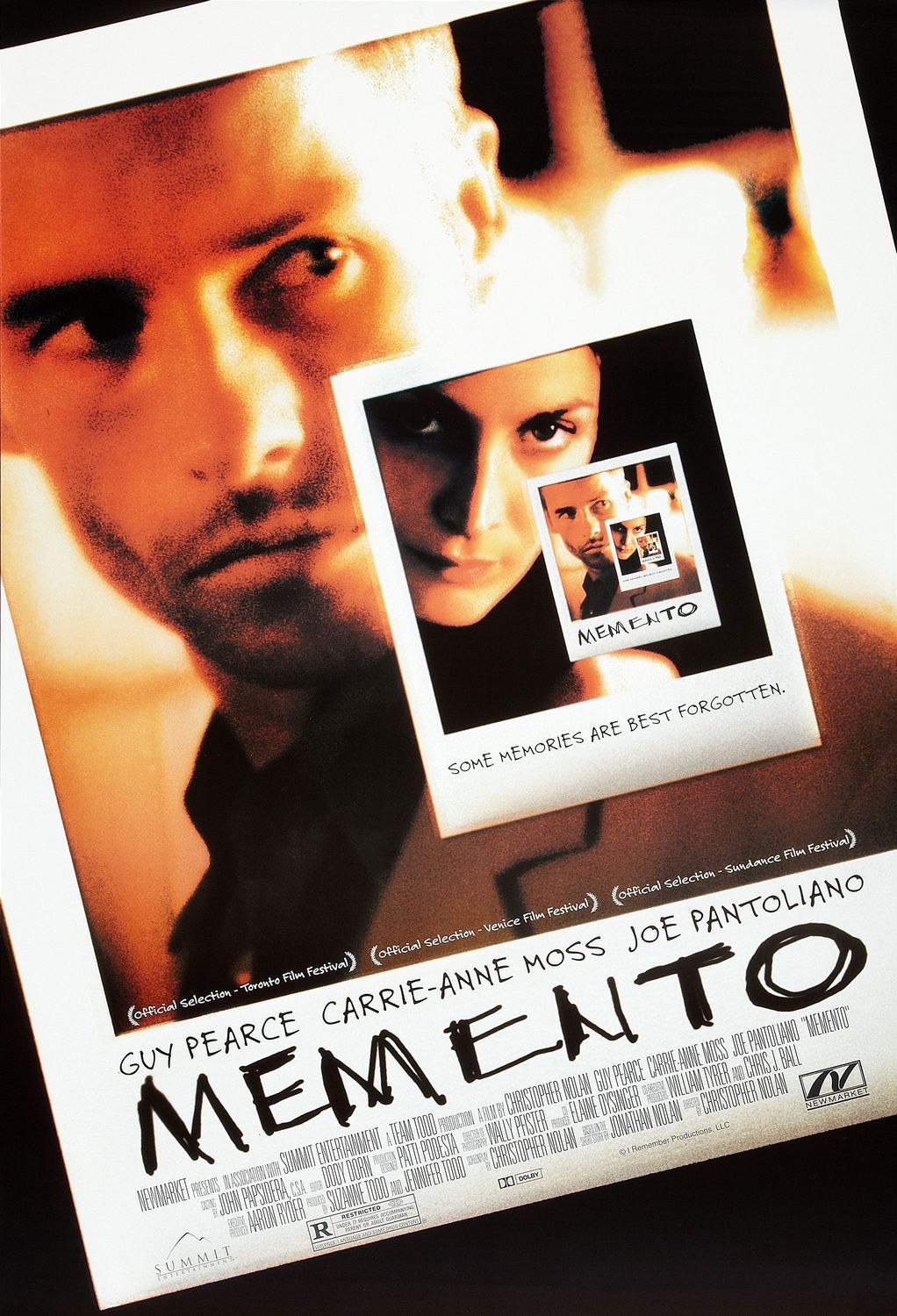Memento (2000) Trailer #1 | Movieclips Classic Trailers
'Memento' Remains Christopher Nolan’s Best Movie About Lying to Yourself
"I have to believe in a world outside my own mind."
THE BIG PICTURE
- The reverse chronology in Christopher Nolan's Memento is not a gimmick, but an essential structure that puts the audience in the mindset of the brain-damaged detective.
- Leonard Shelby's illusion of control and his constructed identity based on lies ultimately lead to his downfall in the film.
- Christopher Nolan explores the theme of lies and the power of narratives in Memento , emphasizing how Leonard lies to himself and how lies can be destructive.
One particularly annoying cinema conversation point is when people refer to the structure of Christopher Nolan's Memento as "a gimmick." A gimmick is a hook that serves no point. It gets your attention, but, by its very nature, has no payoff. If Nolan dressed Guy Pearce in a chicken costume for the entirety of the movie and never explained it, that would be a gimmick. However, the reverse chronology of Memento is essential to its power because it's the only way to put the audience in the mindset of its brain-damaged detective, Leonard Shelby (Pearce, not wearing a chicken costume). "It's all backwards," Burt (Mark Boone Junior) says in one of the film's more meta moments, but the reverse chronology does pull you into Leonard's world — one where we see the effect without a cause, and can only see the power of causation as we move further back in time. This unique structure gives Memento a powerful hook, as Nolan is able to brilliantly intersect time, identity, and memory into his finest feature.




No comments:
Post a Comment